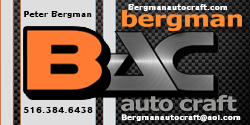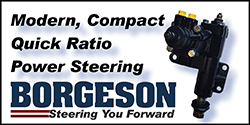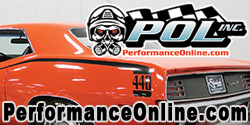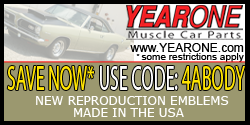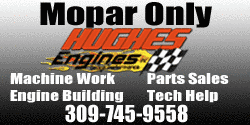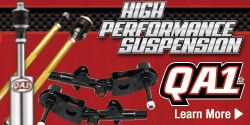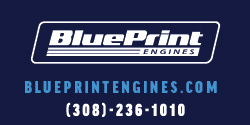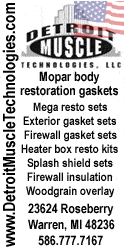Yaknow, this might be a case of not the right backspace. But not for the reason you might think. From the factory these cars are set up with an SAI (steering axis inclination) that produces a particular scrub radius, and using a Zero-offset 5 or 5.5 inch wheel, that when set up with the correct height tire, the center of the tire intersects the road at the same point that the an imaginary line drawn thru the upper and lower BJs does; and the steering is all cuddely and sweet.
But, along comes a HotRodder and installs a taller than factory tire with a wrong-way off-set rim and I can tell you that many alignments later, I took those wheel assemblies off, and went back to the drawing board.
Now; at one time, I was running a 245/50-15 that maths to 24.6 tall compared to yours that maths to 25.4 , compared to the factory tire that mightabin 24.5ish. So we, especially you, are screwed right from the get-go. Even with a Zero-offset wheel, the points will not intersect properly. My wheel had a positive offset with less backspace than frontspace, so this puts the center of my wheel outboard of the theoretical point. It's only a small amount and in theory it should not bother.
However, as the chassis moves up and down, the angles of the control arms change relative to the ground, and that changes the SAI, which changes the scrub radius and if the center of your tire is not where it is supposed to be to start with, this produces a nervousness that cannot be corrected with any alignment ,period.
Now if you couple that with the low tire pressure I have to run to keep the treads flat to the road, another phenomenon happens. The edges of the tire, like to climb up the sides of any "wagon ruts", you know, the low spots on the hiway created by heave cargo vehicles. And the track widths of those trucks is quite a bit wider than the 56 or so inches of my 68 Barracuda.
So down the road I go with a brand new well-adjusted front end, but the thing is twitchy as heck on anything but concrete. So when those stick tires wore out, I switched back to 235/60-14s on zero-offset wheels, and all my problems disappeared. Well they did after I experimented with front ride-height, to get the best scrub radius I could. Oh and my new tire pressure is 29psi , plus 5 over the other tires. So that puts a lil less pressure on the outside edges of the tires and the climbing is much reduced.
The thing is, that at the time I was figuring all this out, I was an alignment tech, and had free use of the machine after hours. So when I said many alignments later, I really meant many-many. Twenty-nine to be exact, including fixing my bump-steer which some guys don' think worth doing.
My alignment ended up at 3.5 caster at negative .5 camber. Toe-in could not be set on the machine cuz no matter where I set it to, static, on the road it was wrong. So I took my tools on the road and set it on the fly. Afterwards, I put it back on the rack and centered the steering wheel without changing the toe, but that was nearly two decades ago and it has been changed many times since. Bottom-line is IDK what the toes is or was .
So IDK, maybe your Scrub radius is fine, and maybe it's just bump-steer.
Or maybe another 5psi in the tires will cure it....... lol



